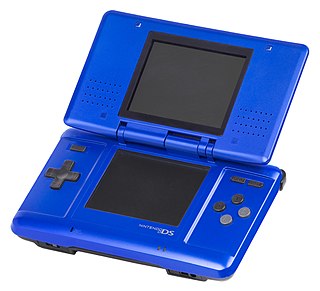
The Nintendo DS is a foldable handheld game console produced by Nintendo, released globally across 2004 and 2005. The DS, an initialism for "Developers' System" or "Dual Screen", introduced distinctive new features to handheld games: two LCD screens working in tandem, a built-in microphone and support for wireless connectivity. Both screens are encompassed within a clamshell design similar to the Game Boy Advance SP. The Nintendo DS also features the ability for multiple DS consoles to directly interact with each other over Wi-Fi within a short range without the need to connect to an existing wireless network. Alternatively, they could interact online using the now-defunct Nintendo Wi-Fi Connection service. Its main competitor was Sony's PlayStation Portable during the seventh generation of video game consoles.
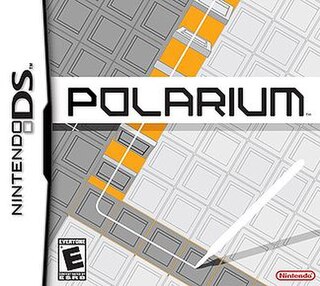
Polarium is a puzzle game developed by Mitchell Corporation for the Nintendo DS. It was a launch title in Japan, Europe and China. In the game, players use a stylus to draw lines on the DS's touch screen, flipping black and white tiles to clear puzzles.

True Swing Golf is a golf video game by long-time golf game creators T&E Soft, published by Nintendo and released for the Nintendo DS handheld video game system.
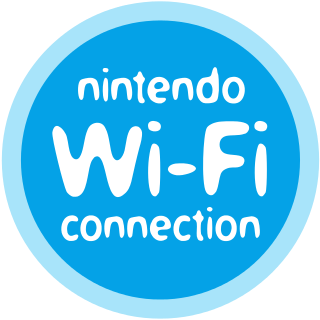
Nintendo Wi-Fi Connection (WFC) was an online multiplayer gaming service run by Nintendo to provide free online play in compatible Nintendo DS and Wii games. The service included the company's Wii Shop Channel and DSi Shop game download services. It also ran features for the Wii and Nintendo DS systems.
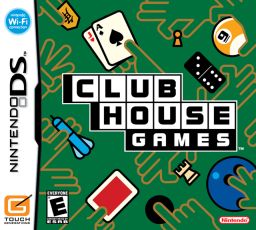
Clubhouse Games, known in some European countries as 42 All-Time Classics and in Japanese as Dare demo Asobi Taizen, is a compilation video game developed by Agenda and published by Nintendo for the Nintendo DS, consisting of board, card, and tabletop games from around the world. It was released in Japan on November 3, 2005, in Europe on September 29, 2006, in North America on October 9, 2006, and in Australia on October 26, 2006.
Nintendo Zone was a download service and an extension of the DS Download Station. Users could access content, third-party data, and other services from a hotspot or download station. The service had demos of upcoming and currently available games and may have location-specific content. When the service debuted, users could also connect to the Nintendo Wi-Fi Connection and DSi Shop.
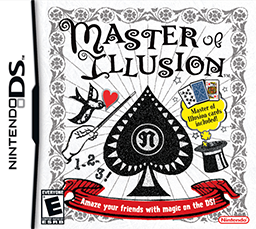
Master of Illusion, known in Europe as Magic Made Fun: Perform Tricks That Will Amaze Your Friends! and in Japan as Magic Encyclopedia, is a magician video game for the Nintendo DS. It was developed by Tenyo and Eighting and published by Nintendo, released in Japan on November 16, 2006, November 26, 2007 in North America and March 14, 2008 in Europe. Around 9 of its magic tricks were released as separate pieces of DSiWare.

Planet Puzzle League, known as Puzzle League DS in Europe, and as Panel de Pon DS in Japan, is a video game for the Nintendo DS handheld video game console in the Puzzle League Panel de Pon visual matching puzzle game series. In North America, Planet Puzzle League is part of the Touch! Generations brand; in Japan, Panel de Pon DS is marketed in the general Touch! brand. The publisher for the game is Nintendo, and the developer is Nintendo's second-party developer Intelligent Systems, creator of the original Panel de Pon and its cult classic English-language adaptation Tetris Attack. The game was released in Japan on April 26, 2007 in North America on June 4, 2007, and in Europe on June 29, 2007.
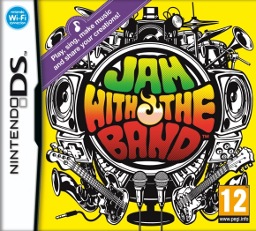
Jam with the Band, known in Japan as Daigasso! Band Brothers DX, is a music video game developed and published by Nintendo for the Nintendo DS handheld game console. It is the sequel to the Japan-exclusive Daigasso! Band Brothers, which was released at the DS' launch. Jam with the Band was released in Japan in June 2008 and in Europe in May 2010. It uses the largest save capacity for a Nintendo DS game at eight megabytes. Its release was accompanied by a Wii Channel for the Wii console called the Live Channel, known in Japan as the Speaker Channel, that allows players to hear the game's sound through their television. It features the character Barbara Bat, who was also in the predecessor.

The Nintendo DSi is a dual-screen handheld game console released by Nintendo. The console launched in Japan on November 1, 2008, and worldwide beginning in April 2009. It is the third iteration of the Nintendo DS, and its primary market rival was Sony's PlayStation Portable (PSP). The fourth iteration, entitled Nintendo DSi XL, is a larger model that launched in Japan on November 21, 2009, and worldwide beginning in March 2010. Development of the DSi began in late 2006, and the handheld was unveiled during an October 2008 Nintendo conference in Tokyo. Consumer demand convinced Nintendo to produce a slimmer handheld with larger screens than the DS Lite. Consequently, Nintendo removed the Game Boy Advance (GBA) cartridge slot to improve portability without sacrificing durability.

Littlest Pet Shop is a video game of the Littlest Pet Shop franchise for Microsoft Windows, Wii, and DSiWare. The game was released in North America on October 14, 2008. A second version was released on October 20, 2009, followed by a third version released on October 5, 2010.
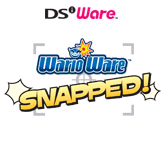
WarioWare: Snapped! is a minigame compilation party video game developed by Nintendo SPD Group No.1 and Intelligent Systems and published by Nintendo for the Nintendo DSi's DSiWare digital distribution service, and is part of the WarioWare series of video games. It is the sixth game in the series.

Sujin Taisen: Number Battles, known in North America as Number Battle, is a puzzle/strategy video game developed by Mitchell Corporation for the Nintendo DS handheld video game console. By the end of 2007, Sujin Taisen sold 21,996 copies.
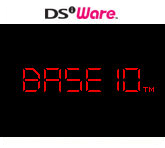
Code, known as Base 10 in North America and Decode in Japan, is a puzzle video game developed by Skip Ltd. and published by Nintendo for the Nintendo DSi's DSiWare digital distribution service.

The Nintendo DSi system software is a set of updatable firmware versions, and a software frontend on the Nintendo DSi video game console. Updates, which are downloaded via the system's Internet connection, allow Nintendo to add and remove features and software. All updates also include all changes from previous updates.
Combat of Giants is a series of video games published by Ubisoft, exclusively for Nintendo systems. It was called Battle of Giants in North America until 2011 when Combat of Giants: Dinosaurs 3D was released using the original name.
A Nintendo Game Card is a proprietary flash storage-based format used to physically distribute video games for certain Nintendo systems. The game cards resemble both smaller and thinner versions of Hudson's HuCard, the storage medium for the PC-Engine, and the Game Pak ROM cartridges used for previous portable gaming consoles released by Nintendo, such as the Game Boy and Game Boy Advance. The mask ROM chips are manufactured by Macronix and have an access speed of 150 ns.

Photo Dojo is a fighting video game developed and published by Nintendo for the Nintendo DSi and Nintendo 3DS's DSiWare and eShop download services. 200 DSi Points were required to download Photo Dojo in the DSi Shop before it was shut down. In North America, the game was free to download until June 11, 2010.

Art Academy, also known as Art Academy: Learn painting and drawing techniques with step-by-step training in the PAL regions and Artistic Taste Classroom DS in Japan, is an art training software for the Nintendo DS. It was developed by Headstrong Games and published by Nintendo. Art Academy was originally a two-part training application only available for download via the DSiWare service since 2009. It was later re-released in 2010 as a fully compiled, retail-able DS Game Card with added features, thus also making it available for original Nintendo DS and Nintendo DS Lite users.

Mario vs. Donkey Kong is a crossover spin-off video game series of both the Mario and Donkey Kong franchises, based on puzzle platforming, marking the return of Pauline and the rivalry between Mario and Donkey Kong.

















